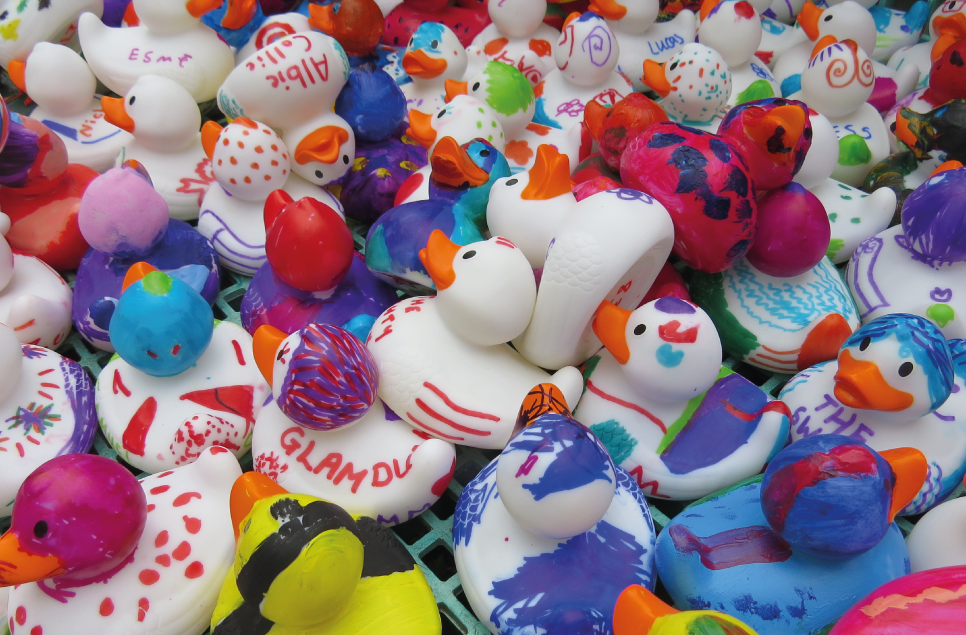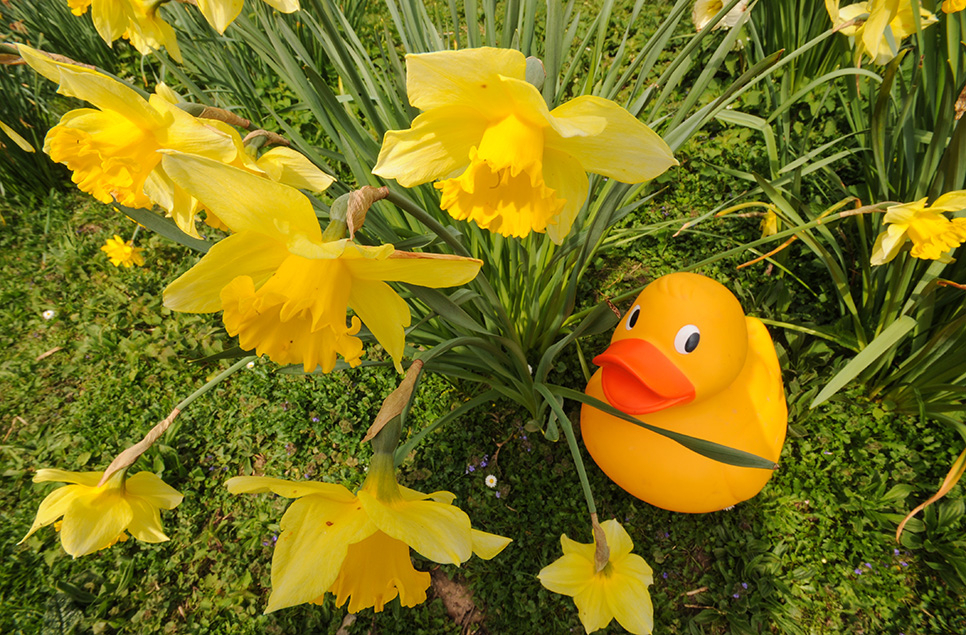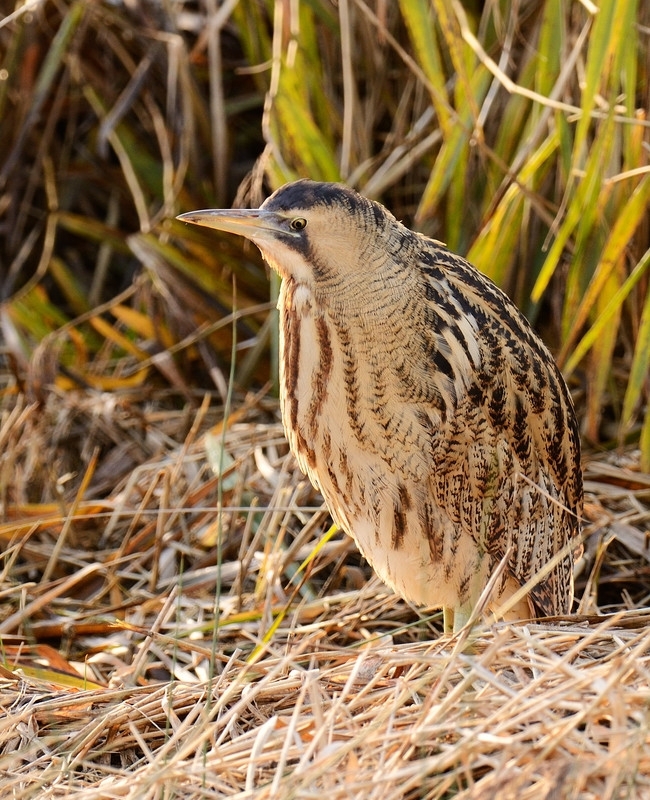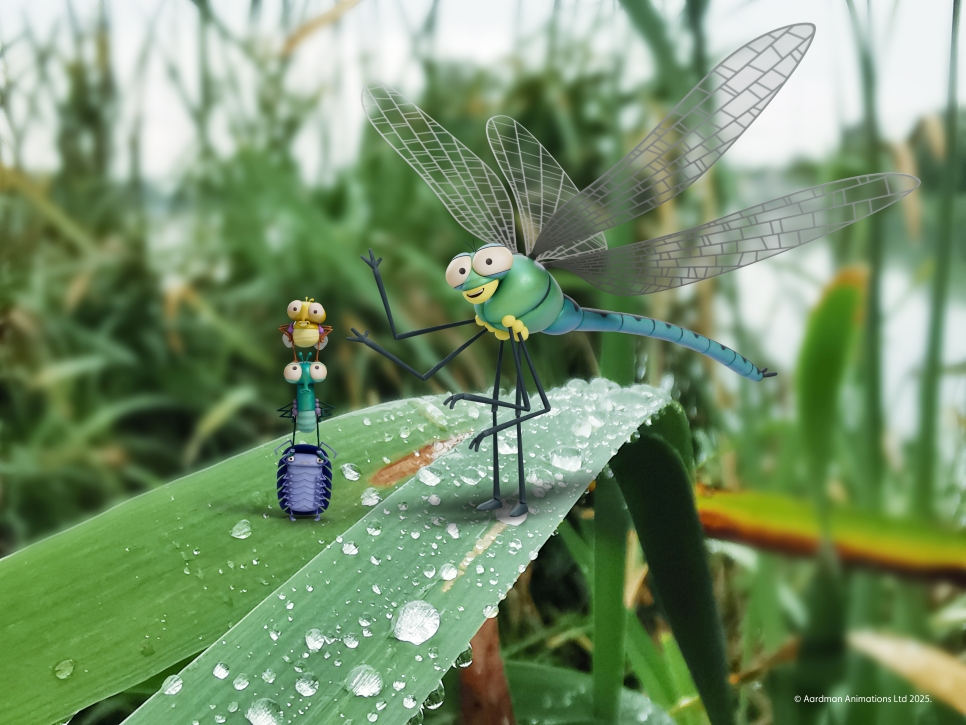Spot a pochard?
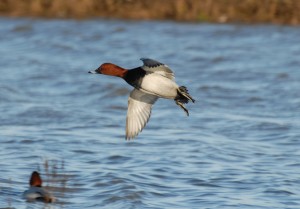
The cold snap which engulfed the country over the last few days has led to an increase in ducks, geese and swans at WWT Martin Mere. It is often the best time of year to see large numbers of birds on site, and the last count showed there was just over 12,000 birds taking advantage of our fantastic wetlands.
The reason why we get these birds is down to how the site was created and our current management. There are three main problems for the birds during cold weather; clean water for drinking and cleaning, supply of food and disturbance. The way we manage the site gives the birds what they need even during the coldest weather. The large number of swans we get keeps some of the water ice free, the swan feeds and the habitat provides the birds with enough food and disturbance to the birds is kept at a minimum.
Throughout the year the birds are constantly getting counted on site and all the data gets collected. This allows scientist to understand what is happening to our bird populations. One bird that we are particularly concerned about at the moment is the not so common, Common Pochard. This is a stunning diving duck with the males having a rusty coloured head, laser red eye and a black breast. The population across Europe has gone through a steady decline over the last few years, we are not 100% sure why! WWT’s Kane Brides has been tasked to help get a better understand this decline and hopefully protect this species for the future. Kane has set up a survey across Europe and North Africa, to see where these ducks are overwintering, and also how many males and females there are in the population. Hopefully these surveys will improve our knowledge of the population structure within the Pochard and allow us to find out what exactly is happening.
Last week, WWT Martin Mere took part in this survey as part of the International Watrebird Census and found 39 male pochards and 11 female pochards which is consistent with the fact that more males will winter in the north and the females flock further south. Kane Brides said: “Because little is known about their population structure and any differences in survival rates between the sexes, counting the number of males and females could be instrumental in understanding the decline. The last sex ratio survey of the pochard was done nearly 50 years ago and the results of this will give us important information on the population structure.”
Visit the web site http://www.wwt.org.uk/martinmere/ to find out what’s on the reserve at the moment as well as all the upcoming events.
